We all know the idea of the invisible woman. Once you’ve turned 35, you begin to disappear as you become undesirable or interesting only as a tag-along to others like your partner or children. It happens in reality and in culture—think of all those movies where the elderly male star woos a 20-something. Rosanna Arquette even made a documentary about it, Searching for Debra Winger, featuring Winger and other actresses of her generation like Sharon Stone, Whoopi Goldberg and Meg Ryan. “It can be a mean business, especially when you turn 40. It’s like we’re in our prime, we’re ready to rock—and they tell us to play the mother of a 20-year-old,” Arquette told The New York Times when the film came out in 2002.
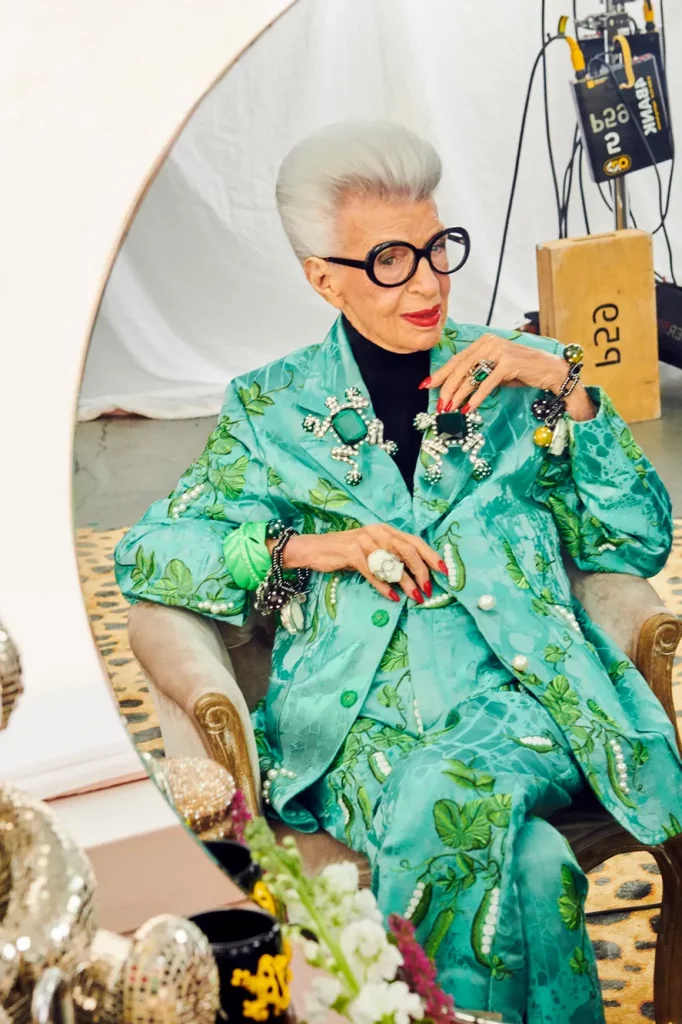
Twenty years on, we have a more inclusive society, in which our definition of what’s beautiful has expanded beyond simply white and thin and young. In Hollywood, stars like Jennifer Lopez (52), Angela Bassett (63) and Michelle Yeoh (59) continue to headline huge movies. We have the return of three-quarters of the SATC crew in And Just Like That, all in their 50s, all still figuring out sex, relationships, love and friendship. Maye Musk just appeared on the front cover of the swimsuit edition of Sports Illustrated at 74. And, in fashion circles, interior designer Iris Apfel has just turned 100—and partnered with H&M on a capsule collection to celebrate.
It’s an evolution Lisa Tant has been excited to see. “I spent 20-plus years as an editor in chief and writer in the fashion industry at Chatelaine and Flare magazines and I have a huge interest in fashion and how it reflects general attitudes,” she says. “In the past, someone like Iris Apfel was considered an oddity; what was considered desirable or even just acceptable was framed by a male perspective. Now I don’t feel like it’s that at all.”
Tant says it’s partly because the media has changed. “Even just the way some of the supermodels of the ’90s like Cindy Crawford and Christy Turlington are still used in advertising and seen as beautiful women, I don’t think that would have been the case in the past.” Though it’s not all rosy in the garden—57-year-old supermodel and pro-aging activist Paulina Porizkova recently clapped back at a commenter who told her she was “too old and ugly” to share bikini photos. “I get comments like these every time I post a photo of my body. This is the ageist shaming that sets my teeth on age,” she wrote.
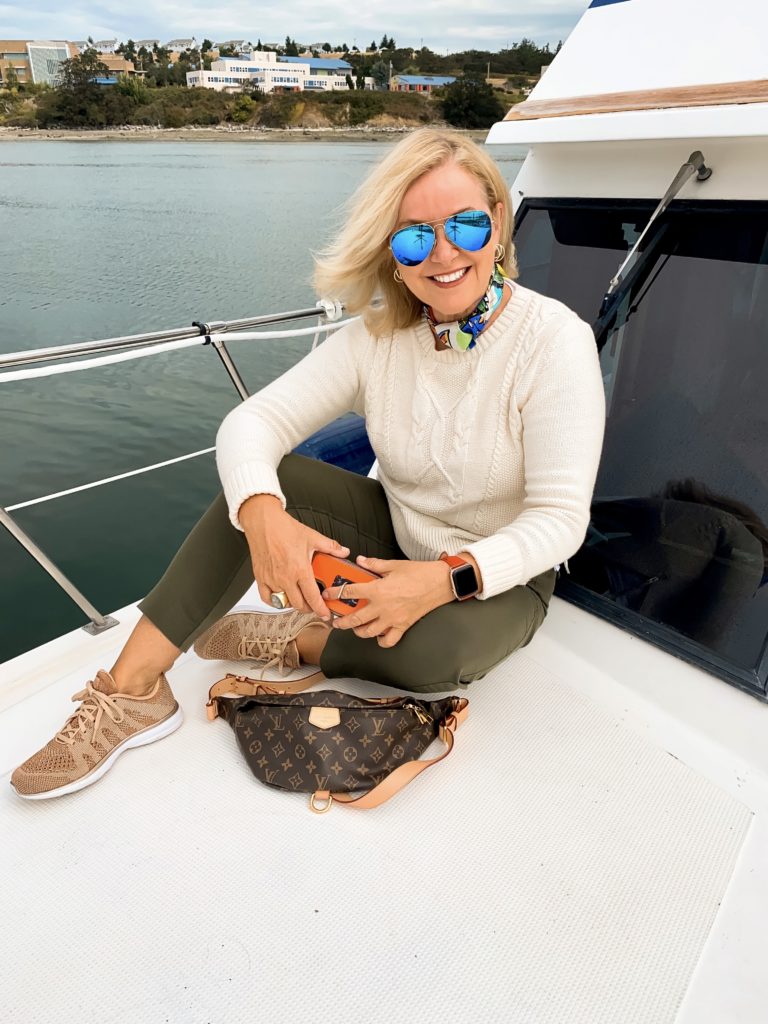
It’s worth remembering, though, that Porizkova was able to clap back because she has a platform—774K followers on Instagram—who are interested in her candid shots, deep thoughts and hashtags like #greypride and #betweenjloandbettywhite. “I started on Instagram just as a hobby—something to do and a way to connect with people who were likeminded,” says 61-year-old Renate McSherry, whose Style Alive After 55 account has nearly 175K followers. “It’s now almost a full-time job. It’s fun! And you learn a lot about social media and what works.”
McSherry, who grew up in the Netherlands, has always been a fashion lover, and has only seen that grow as she’s aged. “I think women are more self-confident in their 60s. They can wear what they want; they can work or not work; they can do what they want. And it’s not important to get approval from a man.”
Dr. Candace Konnert, a professor of psychology at the University of Calgary who specializes in aging, says that women’s increased financial independence has had an impact. “There’s a general unwillingness to stay in relationships that are poor. Women don’t see themselves in the context of a relationship or needing to be in a relationship—there’s this phenomenon of living apart together,” she says. “People maintain their independence and don’t merge their assets, for example.”
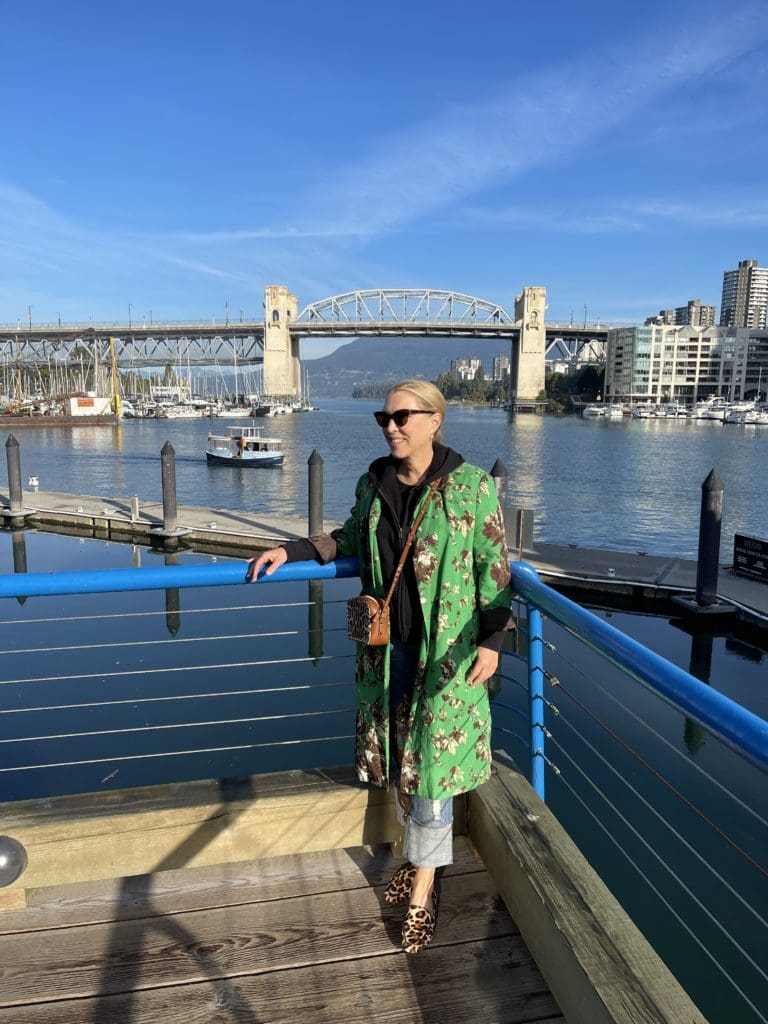
McSherry points out that this financial independence could also be the reason older influencers are now being courted by brands. “We have the money to buy the products that are being advertised. What 20-year-old will drop [$400] on a pair of pants? Well, she might, but she won’t eat all month!” she says. “A few years ago there was a big store that opened in Vancouver and they had invited all the young influencers and I didn’t get an invitation. I just thought, I’m your target audience. But nowadays that is changing.”
Tant says that women’s financial independence in wider culture is having an impact, too. “I don’t mean that women have to have a lot of personal wealth—that’s too restrictive and unrealistic,” she says. “But women with money—Reese Witherspoon, for example—have the funds and freedom to produce entertainment that features mature women. And what we see on TV and in popular culture helps normalize these changes. It inspires women to realize that you don’t have to dress like an ‘old lady’ and wear quiet navy and cut your hair.”
Having a community and strong friendships can be important in helping women maintain their identities and independence as they age, says Dr. Konnert, and this may be facilitated by social networks. “My online audience is 90 per cent women and I would say 75 per cent of those are over 45, so they’re my peers,” says McSherry. “I literally know women all over the world, my age, doing the same thing, which is really nice. People get sick, people’s husbands pass away and you go through that with them. They say that Instagram is not real life, but what’s behind the accounts are just women you connect with and talk with. Though there is a competitive component. A lot of women reach out and ask me my secret to how I grew my account and continue to develop it.”
What’s clear about at least these older women now is that they are loving their lives. “When my mom passed away almost 30 years ago, she said to me she hoped I would have the life she didn’t have,” says Tant. “She had three children, no career and never had her own identity. I never got married or had kids—but I had a big career and a fantastic time. The generation of women who is emerging now is the last generation that felt invisible. They’ve had their kids and maybe moved out of a job. There’s so much wisdom and style—and it’s so exciting to see it develop.”
Invisible Men?
The pressure on women regarding their appearance may be lessening, but Dr. Konnert says there’s increased pressure on men. “There used to be this perception that, for men, status came from their bank account or the car they drove,” says model Paul Mason, a.k.a. Fashion Santa. “But everyone these days is hyperaware of appearance. Back in the day they called it a metrosexual—maybe that opened the door to men thinking more about style and fashion.”
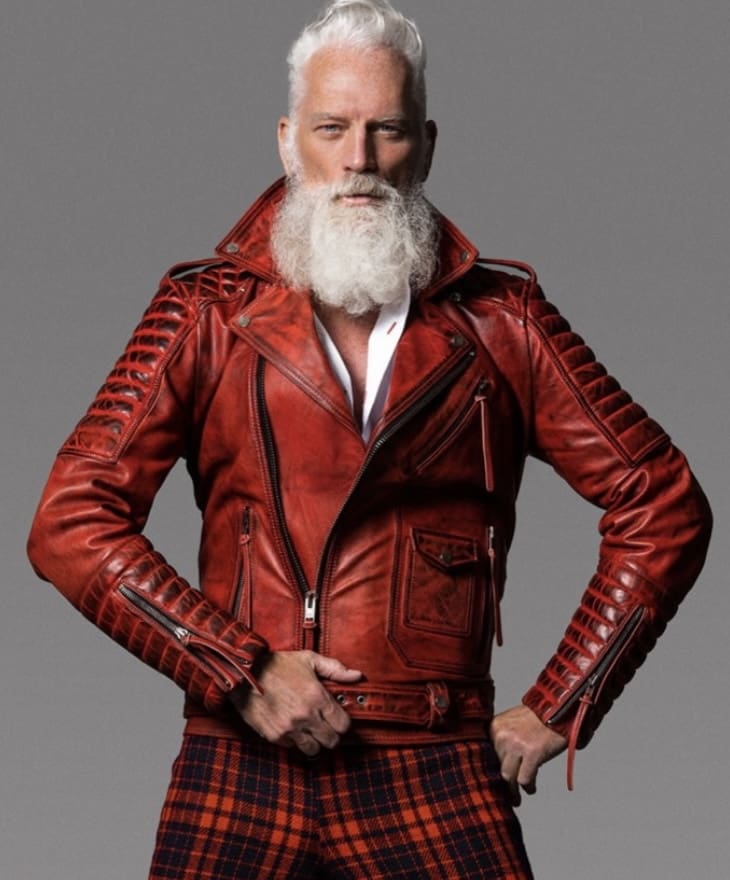
Mason was a model in New York City for 15 years before moving back to Toronto when his mother was diagnosed with cancer. “She died in 2013 and I let myself go and grew this big white beard,” he says. “I created this character of Fashion Santa because I knew there could be a niche for a more svelte Santa. It wasn’t a gimmick; there was a lot of pain associated with it and there is also a charitable component. But it has bought me another 20 years in my career I believe, if all goes well.”
Mason isn’t particularly interested in the nuts and bolts of building a social-media presence, even though his Instagram account has more than 71K followers. “I couldn’t give a crap about brand building. I sweat before I post. It’s not pleasing to me. I work myself into a tizzy,” he says. “I pay someone now so that it’s a better experience.”
Some people are amazed that Mason is still around and working. “But why not? Where was I supposed to go?” he says. And like Tant and McSherry, he says that simply caring less about what others think is a key to a happy and fulfilled life. “I’ve always gone to the beat of my own drum and even more so now. I remember being younger and people older than myself would say that they found life easier now because they don’t need to care. Now I look back at the things that affected me when I was young and wonder what I was thinking.” —Aileen Lalor
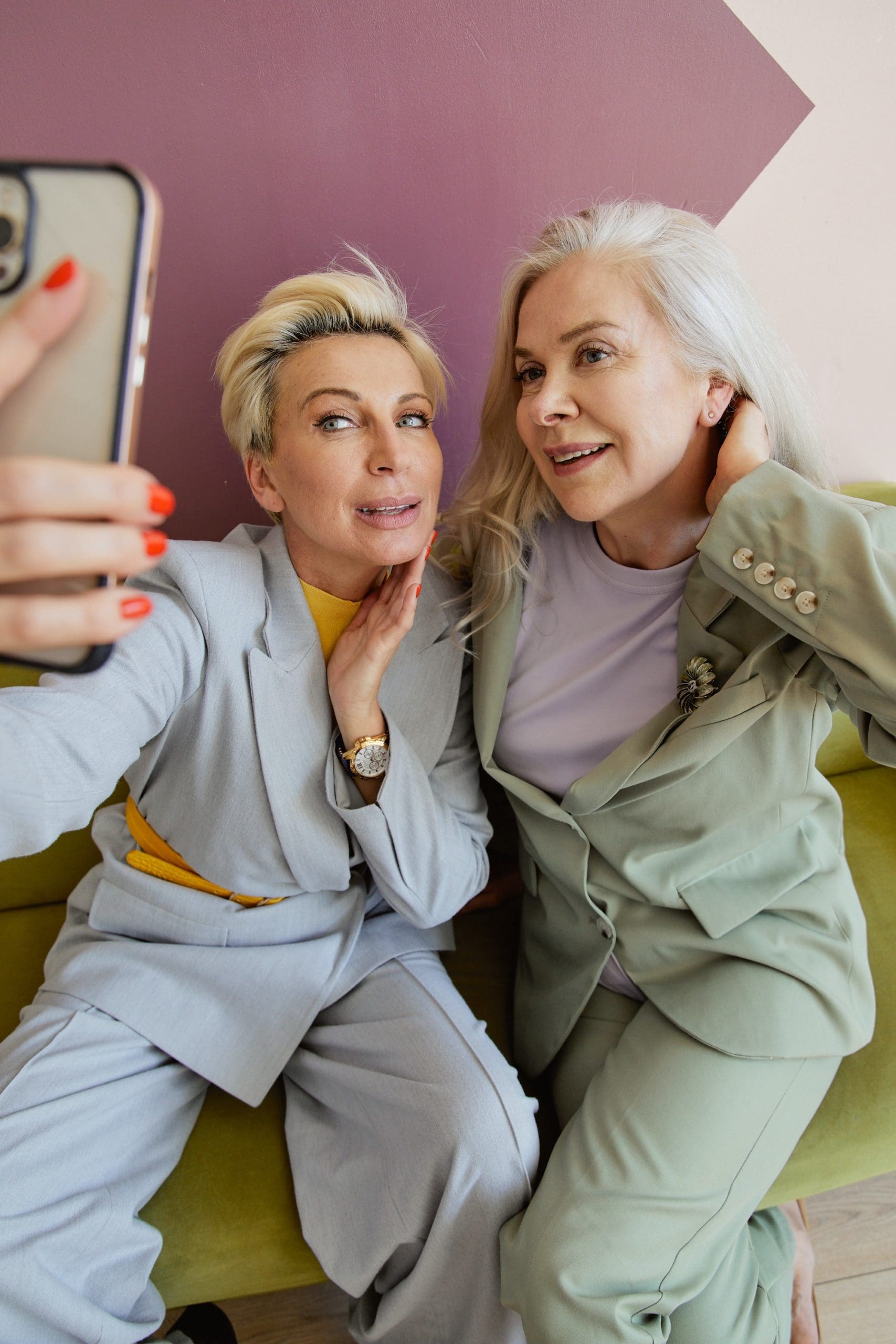
Be the first to comment